The aircraft was built in 1987 with serial number 0748 and factory number 87A748 and was handed over to Ariana Afghan Airlines on April 20 of the same year with the registration YA-TAR.
It was purchased by Caspian Airlines in March 1998 [according to Esfand 1376] with EP-CPG register.
On June 27, 1387, this plane, which was bound for Damascus with 154 passengers from Isfahan, had about 10 tons of excess weight due to carrying the maximum amount of fuel possible, and due to the heat of the air and the altitude of Isfahan airport, which is 5,000 feet above sea level, the plane was late from the runway. Lifted up and when taking off from the runway, the wheels of the plane get caught in the NET Barrier (net for retaining warplanes) and since the landing gear of the Tupolev plane is stronger than other planes, the net is torn off and gets stuck in the wheels of the plane. After taking off, the pilot tried to collect the wheels, but due to the hanging of the net, the right wheel is locked in a semi-closed state. Since the Tupolev plane is not able to unload fuel, the plane flies around Isfahan for about 3 hours to make the weight of the plane more suitable for landing. During landing, the tire of the front wheels burst and caught fire, which was extinguished by the ground safety forces and the passengers were not harmed.
Caspian Airlines Flight 7908 was a scheduled commercial flight from Tehran, Iran, to Yerevan, Armenia, that crashed near the village of Jannatabad, outside the city of Qazvin in north-western Iran, on 15 July 2009.[1] All 153 passengers and 15 crew on board died.[2][3]
Caspian Airlines Flight 7908
EP-CPG, the aircraft involved, photographed in November 2008
Accident
Date
15 July 2009
Summary
Uncontained engine failure leading to loss of control
Site
Jannatabad, Qazvin, Iran
36°8'33?N 49°59'38?E
Aircraft
Aircraft type
Tupolev Tu-154M
Operator
Caspian Airlines
Registration
EP-CPG
Flight origin
Tehran Imam Khomeini International Airport, Tehran, Iran
Destination
Zvartnots International Airport, Yerevan, Armenia
Occupants
168
Passengers
153
Crew
15
Fatalities
168
Survivors
0
The crash was the fourth deadliest aviation incident in Iran behind Iran Air Flight 655 (1988), the Iran Ilyushin Il-76 crash (2003), and Ukraine International Airlines Flight 752 (2020). It was also the second-deadliest aviation incident in 2009 behind Air France Flight 447.[4]
The subsequent crash investigation found that the incident had been caused by fatigue failure and consequent disintegration of a rotor disc in the left hand engine (engine #1). In addition to the failure of that engine, fragments of the disc severed two of the three hydraulic control systems, and damaged fuel lines for the centre engine (engine #2). Fuel leaking from these damaged lines ignited, causing a large fire which then destroyed components that controlled the elevators and rudder, resulting in the pilots losing control of the aircraft.
Aircraft and crew
edit
The aircraft was a Tupolev Tu-154M built in 1987 and operated by Iran's Caspian Airlines, according to a spokesman for Iran's aviation agency.[5][6][7]
The crashed aircraft had registration EP-CPG,[8] an aircraft which entered service on 20 April 1987 as YA-TAR for Bakhtar Afghan Airlines and was sold to Ariana Afghan Airlines in 1988. YA-TAR served with Ariana Afghan until sold to Caspian Airlines on 15 March 1998, 11 years after it was built.[9] It was re-registered as EP-CPG in 1999.[10]
The aircraft was checked for safety in June 2009 and was given a flight licence until 2010.[7] This was also stated by an Armenian aviation official, saying that the plane had gone through technical controls in Mineralnye Vody Airport in southern Russia in June.[7]
The flight crew consisted of captain Ali Asghar Shir Akbari, first officer Javad Masoumi Hesari, navigator Mahdi Firouse Souheil, and flight engineer Nima Salehie Rezve.[11]
Accident
edit

QazvinTehran
The aircraft crashed at 11:33 Iran Daylight Time (07:03 UTC), 16 minutes after takeoff from Tehran Imam Khomeini International Airport.[12] According to authorities, the aircraft's tail suddenly caught on fire. The pilot circled, trying to find a safe spot to land, but without success. The aircraft was destroyed after it crashed into a field, carving a crater up to 10 metres (33 ft) deep. An eyewitness who claims to have been within 300 metres (330 yd; 980 ft) of the crash-site described the event as if "the plane just fell out of the sky". Three hours after the crash, fires over a 200 square metres (2,200 sq ft) area still remained.[3][13] A witness told Fars News Agency:
I saw the plane when it was just ... above the ground. Its wheels were out and there was fire blazing from the lower parts. It seemed the pilot was trying to land, and moments later the plane hit the ground, and broke into pieces that were scattered far and wide.[7]
The aircraft's cockpit voice recorder and flight data recorder were found on 16 July. However, one of the "black boxes" was reported by Chief Investigator Ahmad Majidi to be damaged.[7][14][15] Both flight recorders were successfully accessed and contributed data to the accident investigation.[16]
Passengers
edit
Nationalities
edit
It is reported that 38 (including two crew members) of the 168 passengers were Iranian nationals.[17] 40 passengers were citizens of Armenia.[18] There were also two Georgians on board,[18] two Canadians,[19] and two dual-national Iranian Australians.[20] There were also two dual national Iranian-Americans.
Aftermath
edit

Memorial of victims at Tehran's Nor Burastan Cemetery
Iranian president Mahmoud Ahmadinejad has expressed his sympathy for the deceased and their families.[13] Armenian President Serzh Sargsyan signed a decree on 15 July 2009 declaring the following day a Day of Mourning in Armenia.[18]
Investigation
edit
Armenian President Serzh Sargsyan announced on 15 July that a governmental commission had been set up to investigate the crash. It would be headed by Vice Prime Minister Armen Gevorgyan.[18]
Iranian officials blamed the crash on technical reasons. It was claimed that the main reason of the accident was an engine failure and destruction due to a bird strike, which resulted in a fire which led to a loss of control and crash of the airplane.[8]
On 23 December 2014 a chronology of events was published: During the climb to the altitude of 9,700 metres (31,800 ft) the crew sent a message about a fire in the number one engine. The climb was stopped at 8,700 metres (28,500 ft). The airplane, three minutes before the crash, made a turn of 270 degrees then started to descend rapidly with a high vertical speed of about 70 metres (230 ft) per second. 16 minutes after takeoff, the Tu-154M, at high speed, collided with the ground in a field near the village of Jannatabad, approximately 120 kilometres (75 mi; 65 nmi) from the Khomeini airport. The aircraft was destroyed upon impact. At the scene of the disaster a crater formed whose depth was approximately 10 metres (33 ft). The Commission found that it was the destruction of the low pressure compressor in the number one engine that scattered debris and damaged the fuselage and fuel lines causing the spread of a fast fire.[21]
A final accident report was likely released by the Iranian authorities in 2011, although it did not come to wider attention until it was partially translated into English in 2019.[16] The report found that the accident had been caused by fatigue failure of the first stage rotor of the low pressure compressor in engine No. 1, that resulted in the rotor disc disintegrating. Fragments from the rotor disc destroyed engine No. 1, severed the No. 1 and No. 3 hydraulic systems, and partially severed the fuel lines to engine No. 2. Hot components and hydraulic fluid ignited fuel spilling from the damaged fuel lines, and rapidly caused a large fire in the tail section of the plane. This fire, in turn, destroyed rods that actuated the rear control surfaces (elevators and rudder) resulting in the pilots losing control of the aircraft.[16]
Prior to the accident the aircraft manufacturer, Tupolev, had released a service bulletin requiring more stringent testing of low pressure compressor components. However, this was only provided in Russian to Russian operators. Six days after the crash of EP-CPG, Tupolev released equivalent service bulletins to all operators.[16


Real Photo:


Credit to @XAircraftManufacturer's for his original XJ-154
The Persian text says that the plane is made by @FoxtrotCharlieCharlieX
Specifications
General Characteristics
- Predecessor Tupolev Tu-154M Kish Air
- Successors 3 airplane(s) +241 bonus
- Created On Android
- Wingspan 131.7ft (40.1m)
- Length 164.8ft (50.2m)
- Height 37.9ft (11.5m)
- Empty Weight N/A
- Loaded Weight 73,852lbs (33,499kg)
Performance
- Power/Weight Ratio 2.396
- Wing Loading 27.0lbs/ft2 (131.9kg/m2)
- Wing Area 2,734.7ft2 (254.1m2)
- Drag Points 19668
Parts
- Number of Parts 525
- Control Surfaces 5
- Performance Cost 2,353

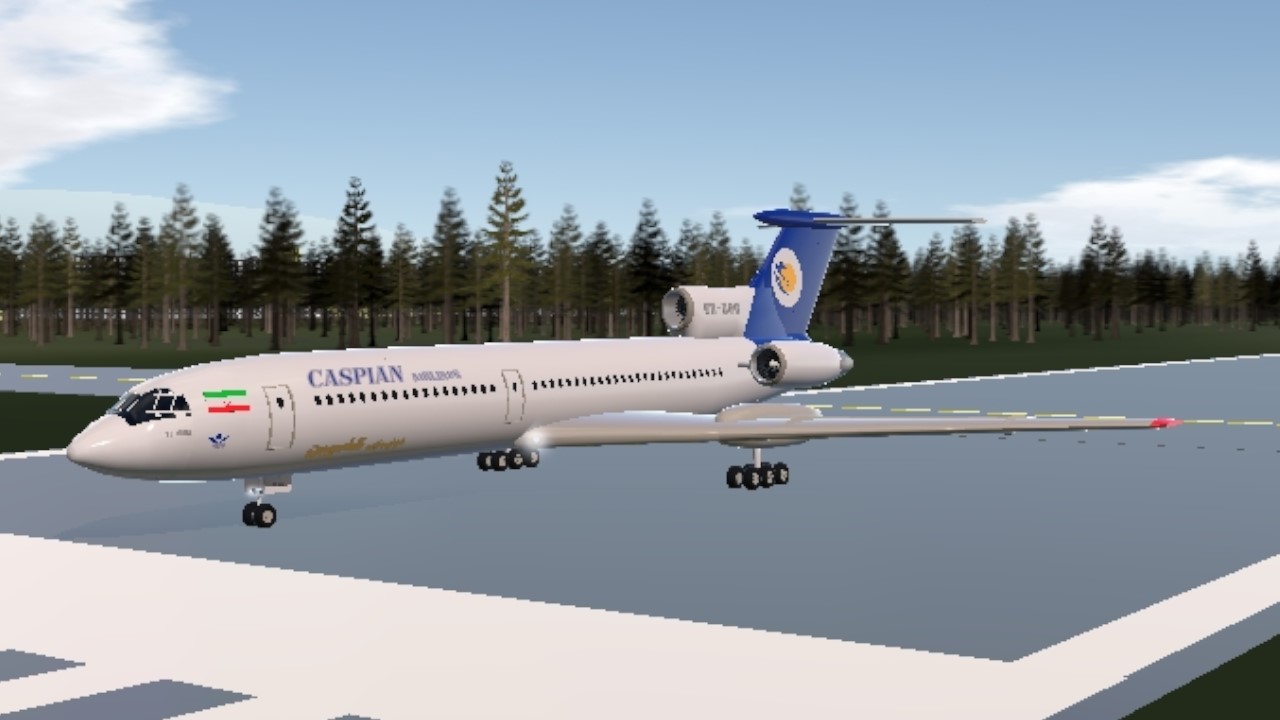
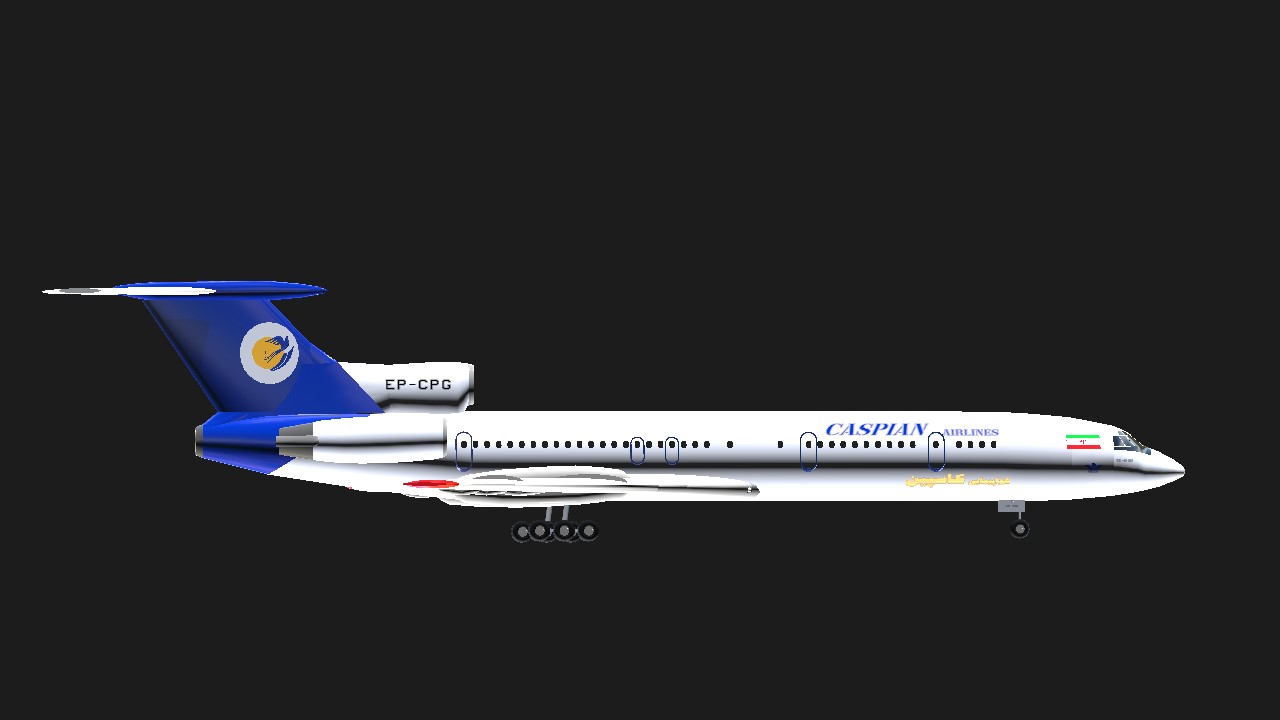
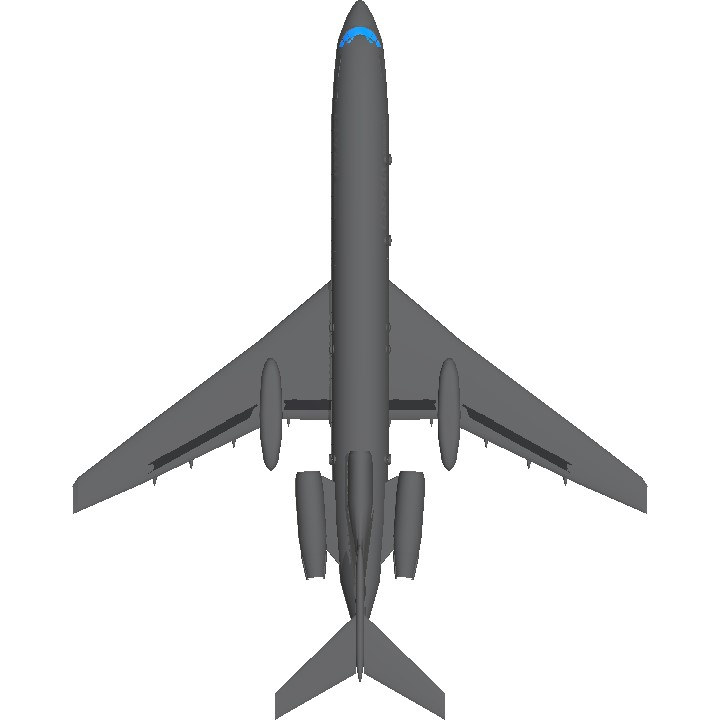
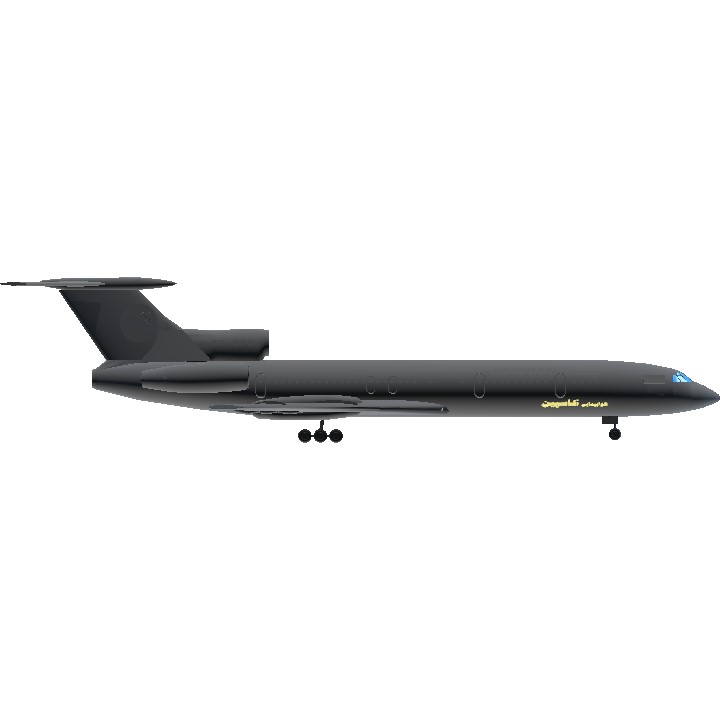
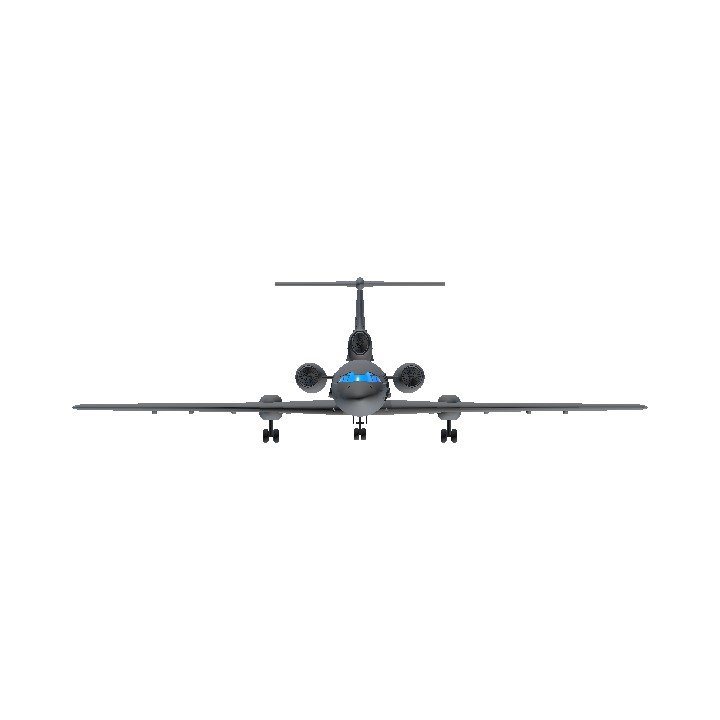
Welp, rest in peace, everyone.
@Mal0ne thanks bro
nice brother
@CCCP0000001 The plane had problems but I updated it
Отлично